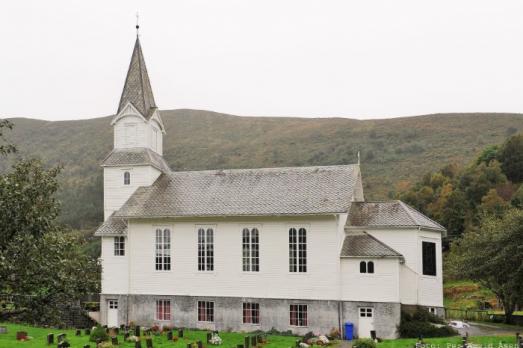
Gursken Church
Gursken, NO
Gursken church is a wooden church built in 1919. The architect of the church was probably Eduard Carlén.
Here you can search for a building to visit. You can use the map find destinations, or you can use the filters to search for a building based upon what different criteria.

Gursken, NO
Gursken church is a wooden church built in 1919. The architect of the church was probably Eduard Carlén.
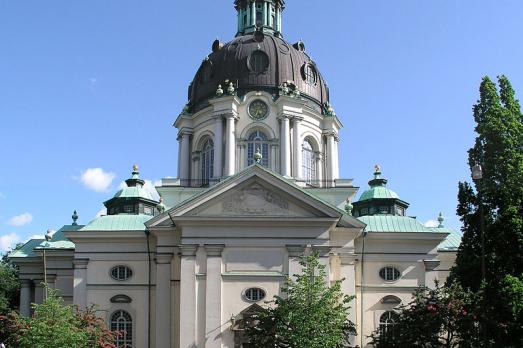
Stockholm, SE
Despite its purely Baroque appearance and its name from the 15th century Swedish king Gustav I, this church was built only in 1906.
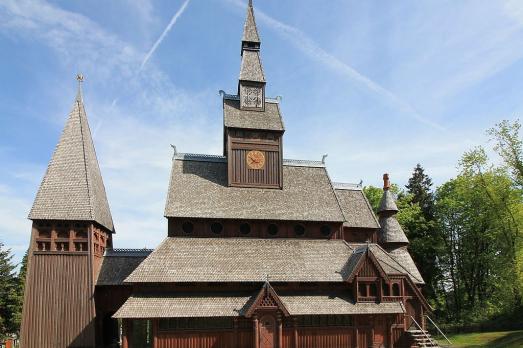
Goslar, DE
The Gustav-Adolf-Stabkirche is a reproduction of the Borgund stave church built between 1907 and 1908. During a study trip to Norway, the architect Karl Mohrmann saw staves churches and, inspired by them, he decided to reproduce one in Germany, arguing that this type of church existed throughout the entire region of North Germany at the beginning of Christianization.
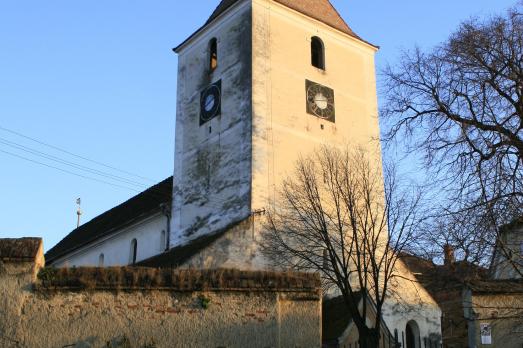
Sibiu, RO
The church’s architecture displays numerous characteristics of the Romanesque basilicas in the Sibiu area: a compact central nave, Gothic ribbed cross vaults at the side aisles, arcades with round arches resting on square pillars and arched windows at the clerestory, all dating back to the 13th century, same as the apsidal of the southern side aisle. The chancel was modified during the 15th century, when the pointed windows, the rib vault and a defence level were added. The defence wall was built in the same time and still features a small chapel on the eastern side. The penetrated barrel vault on transverse arches in the central nave was built in the 18th century. The interior preserves the 18th/19th century pew and the paintings, which were restored in 1988.
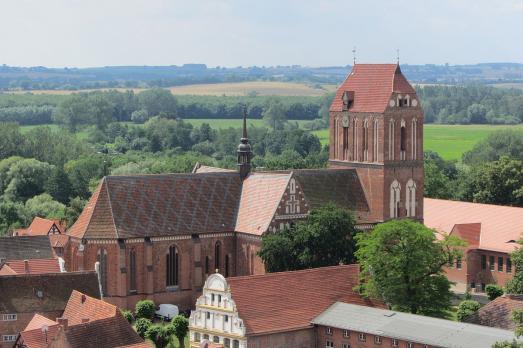
Güstrow, DE
The Güstrow Cathedral dates back to the beginning of the 13th century. Started in Romanesque and then completed in Gothic style, the cathedral was consecrated in 1335. In 1568 the cathedral became a Protestant court church and burial place for the Güstrower Princely House until 1695.
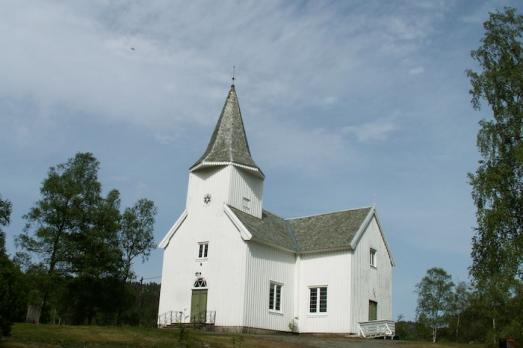
Flekkefjord, NO
Gyland Church is a wooden cruciform church built on top of an old church in 1815. In 1929 the church was moved from Gyland Farm to its present location on Nuland. During this move, a crucifix was found, which was sent to the National Museum.

Gypsou, CY
According to Kassinis, the church with the ekklesionym Agios Georgios was built in the 1950s and appears to be a new building on the site of a previous church. After 1974, the church was converted into a mosque. With the completion of a new mosque in the village (ca. 2018), the building was abandoned and left to its own devices.
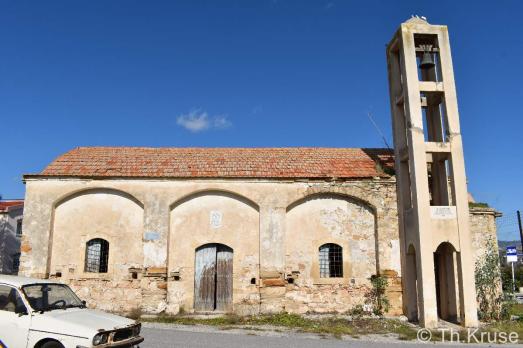
Gypsou, CY
The second church in the village, the Panagia Church, is located in the northern area of the original settlement area. The building was erected in 1890.
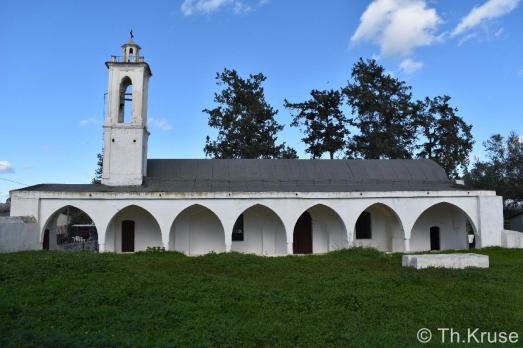
Gypsou, CY
The third one bears the name Timios Prodromos and was built in the 18th century, according to Kassinis. It is located on the north-eastern edge of the original settlement core.
s-Gravenhage, NL
Beautiful little church with tower.

new
The Chassidic Route is a cultural and historical trail tracing the rich legacy of Jewish communities in southeastern Poland and western Ukraine. This region was central to the rise of Chassidism in the 18th century. Here, we highlight 10 remarkable synagogues you’ll discover along this route.

he cradle of the Industrial Revolution in Germany, Chemnitz, is well-known for its industrial heritage landscape, but the city is also home to remarkable examples of religious architecture from different historical periods. Join us as we explore the key landmarks of this European Capital of Culture 2025.

The twin towns of Nova Gorica (Slovenia) and Gorizia (Italy), lying on the border between the two countries, have a rich religious heritage, steeped in centuries of tradition. If you are looking for ideas for your visit, take note of these 10 religious sites that you should not miss.